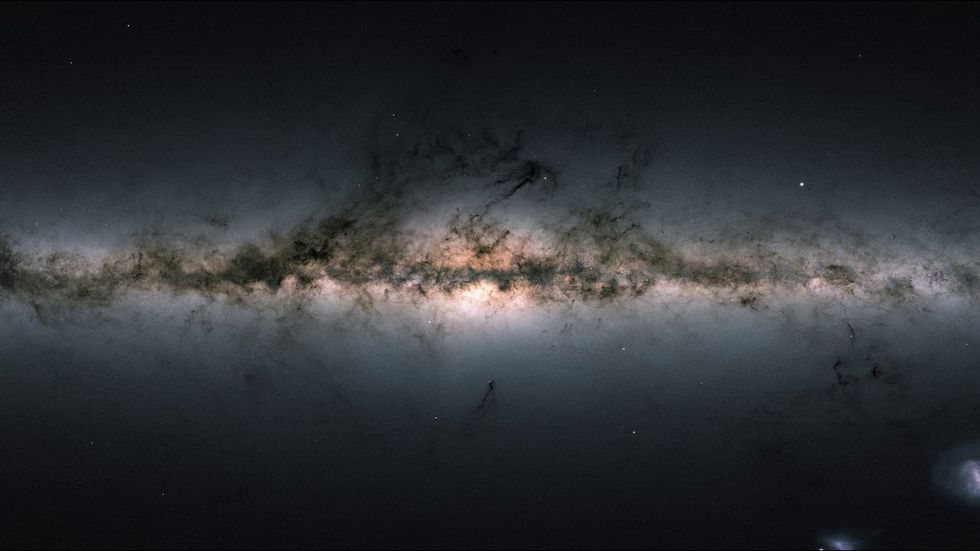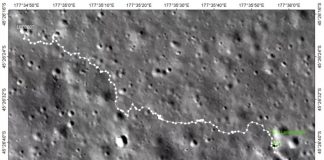
Scientists release 3D chart of Milky Way Galaxy showing 1.7 billion stars.
Astrophysicists from all over the world have gathered at the Center for Computational Astrophysics in Manhattan to sift through an unprecedented amount of information collected by Gaia, the European Space Agency’s space observatory. The data dropped at 6 a.m. Eastern on Wednesday, and scientists have hit the ground running, [digging through information on almost 2 billion stars.
According to the ESA, Gaia provides “sky positions and brightnesses for nearly 1.7 billion stars, distances, motions and color information for 1.3 billion, and a number of additional parameters for smaller subsets of stars and other celestial objects.” Launched in December 2013, Gaia is an orbiting observatory circling the sun, looking for interesting objects across the Milky Way.
All the information about the star map Gaia has been making is now available via the ESA Gaia Archive, which scientists will use extensively in the hack-a-thon room over the next few days.
For some, the experience of mining this star map for all its secrets of the Milky Way is both awesome and infuriating.
“I’ve just discovered I was off on one object, so this is more of a sad moment,” Jackie Faherty, an astrophysicist at American Museum of Natural History, tells Inverse amid a bustling room full of scientists at the hackathon. “I did three years of commuting to South America to obtain the parallax that Gaia just told me I was wrong on, so I feel a little humbled.”
The object Faherty’s referring to lies at the coordinates 0608, -2751. She thought it was a planetary mass member of the Beta Pictoris moving group, which is basically a pack of young stars that travel and move in the same way together. This one just happens to be a young pack of stars relatively close to Earth. The problem was that Faherty’s object was about 10 parsecs farther away from the group than she previously thought. For context, 1 parsec equals roughly 3.3 light-years.
“That was a lot of my life…lot of frequent flyer miles,” she says. “But I’m sure I’m right in other cases!”













